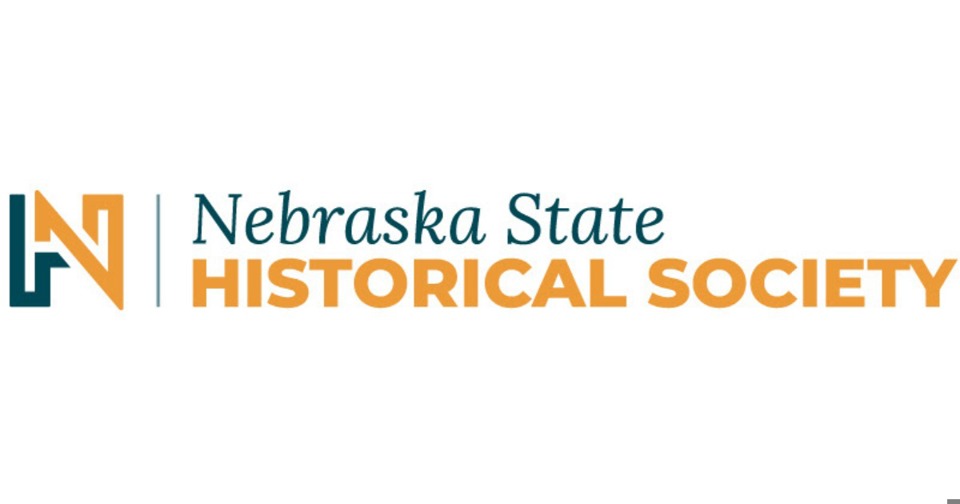Nebraska State Capitol to Be Illuminated in Orange to Honor Genoa Industrial School Survivors and Descendants

Lincoln, NE - 02/18/2025 - In a meaningful act of remembrance and respect, the Nebraska State Capitol will be illuminated in orange on Feb. 20, 2025, to honor the survivors and descendants of the Genoa Industrial School. The Nebraska Legislature passed LR 280 during the 107th Legislature’s Second Session designating Feb. 20, as the annual day of remembrance for those impacted by the Genoa Industrial School’s legacy.
The Genoa Indian Industrial School operated from 1884 to 1934 and, like other Indian boarding schools across the U.S. and Canada, was part of a federal policy aimed at forcibly assimilating Native American children into Western culture. The color orange, now associated with Indian boarding schools, symbolizes the loss of culture, freedom, and identity experienced by the children who attended the Genoa Industrial School and other similar institutions. More than 40 tribal nations were represented in the student population at Genoa, and the orange lighting will serve as a visible acknowledgment of the trauma endured by these children, their families, and their communities.
“The lighting of the Capitol in orange provides a powerful symbol of remembrance for those who were impacted by the Genoa Industrial School,” said Judi gaiashkibos, Executive Director of the Nebraska Commission on Indian Affairs. “It acknowledges the painful legacy of forced assimilation, while also honoring the strength, resilience, and courage of those who survived, as well as their descendants.”
“As we reflect on the history of the Genoa Industrial School, it is important that we recognize the lasting effects on Native American communities,” said Daryl Bohac, Director of the Nebraska State Historical Society. “Illuminating the Capitol in orange is a visible commitment to understanding and honoring this tragic part of Nebraska history, as well as an invitation for all Nebraskans to engage in dialogue and reflection.”
The lighting of the State Capitol is just one step in the ongoing work of the Nebraska Commission on Indian Affairs and the Nebraska State Historical Society to further investigate and document the lives of children who died at the Genoa Industrial School and were buried on its grounds. These efforts are part of a broader initiative to uncover the truth, ensure the proper recognition of these children, and contribute to the healing process for tribal communities across the state and country impacted by generations of forced assimilation of boarding school attendees.
“We continue to search for the children who died at the Genoa Industrial School, not only to honor their memory, but also to support the healing process for those whose lives were impacted,” said Dave Williams, Nebraska State Archeologist.
“By illuminating the Capitol, we take an important step in affirming the importance of truth and reconciliation in the pursuit of justice,” said gaiashkibos.
The Nebraska Commission on Indian Affairs and the Nebraska State Historical Society are committed to ensuring that the history of the Genoa Industrial School is preserved, and that the legacy of those affected is acknowledged and respected.
About Nebraska State Historical Society (NSHS)
NSHS collects, preserves, and shares Nebraska’s history for all people. NSHS operates the Nebraska History Museum in Lincoln and historic sites around the state including Chimney Rock Museum, Fort Robinson History Center, Neligh Mill State Historic Site, Thomas Kennard State Historic Site, Senator George Norris State Historic Site, John Neihardt State Historic Site, and over 570 historical markers placed across Nebraska. NSHS administers the State Archives and Library; the State Historic Preservation Office; the Gerald R. Ford Conservation Center; the Office of the State Archeologist; publishes Nebraska History Magazine and books; and is responsible for the administration of the Nebraska Hall of Fame Commission. More at https://history.nebraska.gov and follow us on Facebook, Instagram, and Twitter.
